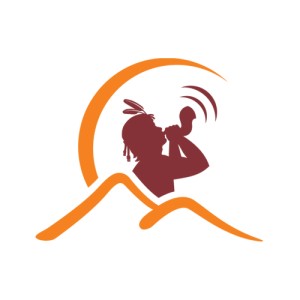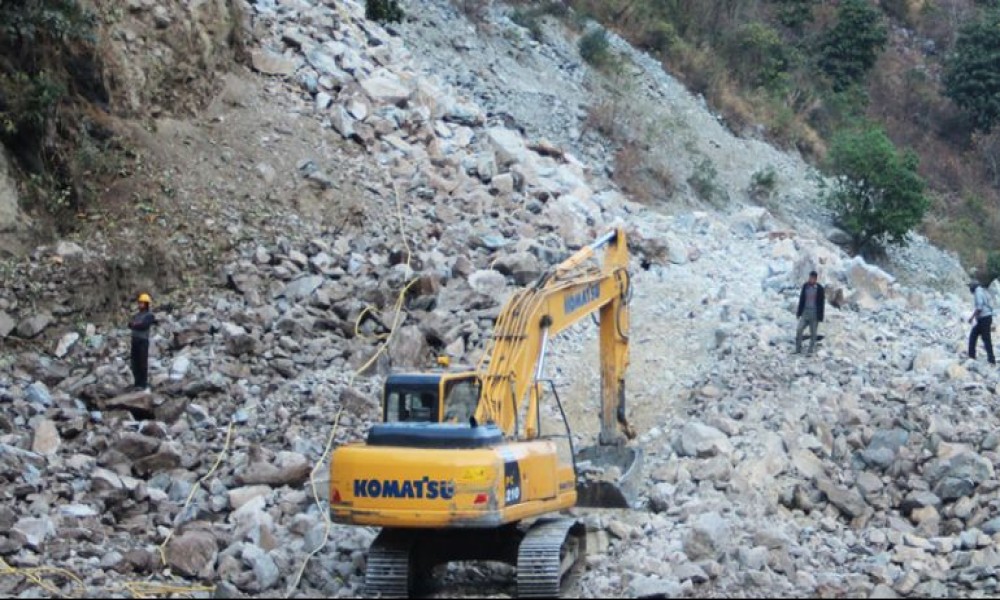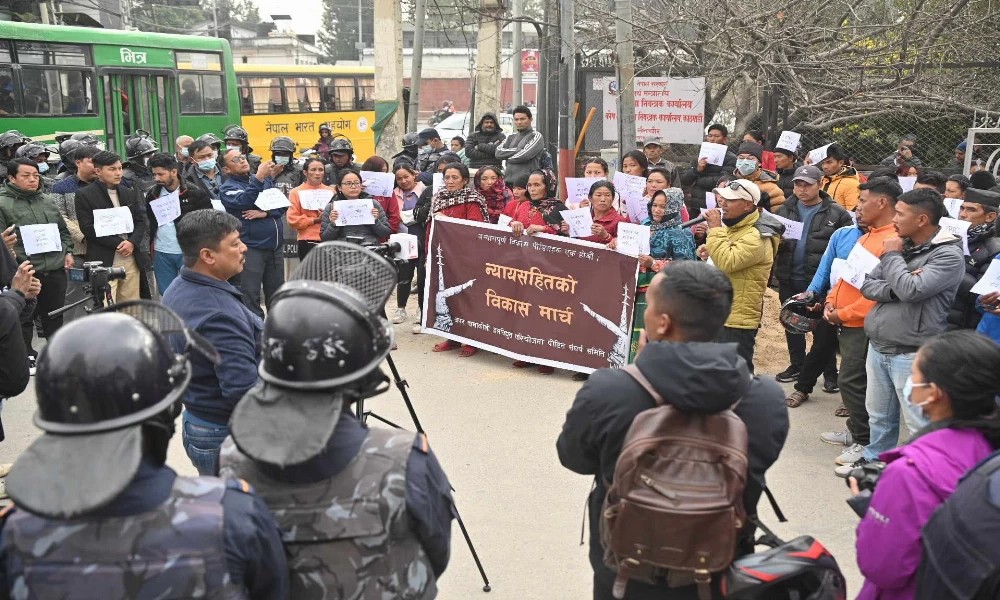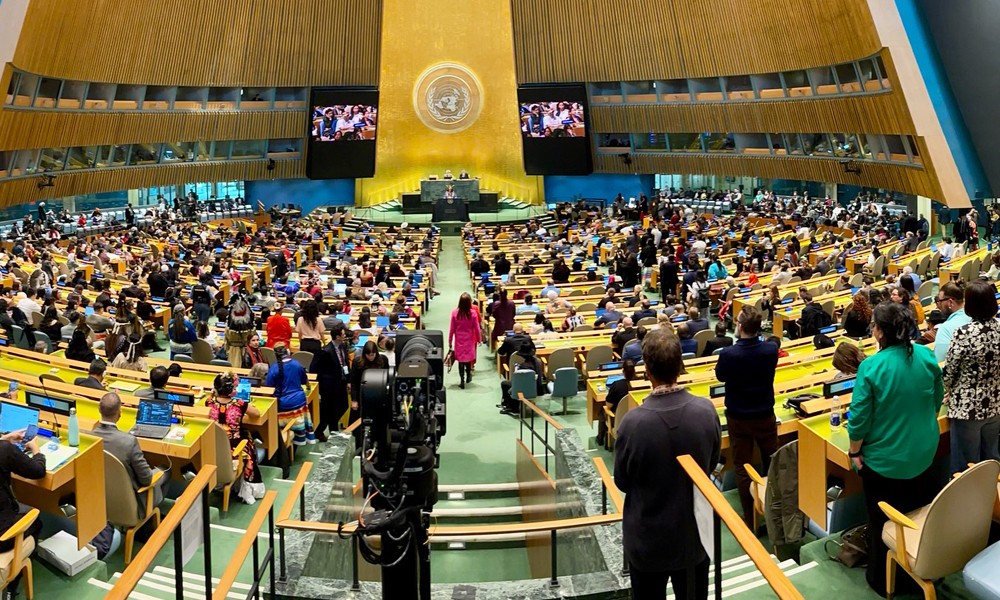O.B Chamling Rai
Nepal's Indigenous Peoples have been largely excluded from the State. As a result, they have benefitted little from development projects.
Advocate Shankar Limbu, Secretary of the Lawyers' Association for Human Rights of Nepalese Indigenous Peoples (LAHURNIP), says: "The access to development is an issue of human rights. For the last 50 years or so, the United Nations (UN) has been asserting the fact that there is a very close relationship between human rights and development".
In this context, the UN Declaration on the Rights of Indigenous Peoples (UNDRIP) was passed in 2007. The UN has also introduced a set of 17 Sustainable Development Goals (SDGs), which mainly focus on ending poverty and hunger by 2030. Energy, ecosystem, inclusion, balanced development and education are other themes of these global goals.
Nepal has a set of its own goals: to increase per capita income to $2,500, to decease Maternal Mortality Rate (MMR) to 70 per 100,000 live births, to ensure equal pay for men and women, to provide drinking water facilities to 99% of its population, among others.
Nepal's Indigenous Peoples have been largely excluded from the State. As a result, they have benefitted little from development projects.
But how do Indigenous Peoples benefit from the State's investment in achieving these lofty goals? This is a tricky question -- one that could make or break the future of Adivasi Janajati?
Eminent sociologist Dr Krishna Bahadur Bhattachan says that the SDGS -- or the State's investment in achieving them -- are unlikely to have a positive impact on the lives of Indigenous Peoples. He says: "The first and foremost concerns of Indigenous Peoples are autonomy and rights to self-determination, which the SDGs have failed to address."
Dr Bhattachan adds: "Since the SDGs do not address the primary concerns of Indigenous Peoples, what they will achieve might have a very little bearing on our future".
Adivasi Janajati is a distinct community with their own history, geography, lifestyle, culture and values. In the preamble of UNDRIP, it has been clearly mentioned that Indigenous Peoples will have rights over their land and natural resources. So, any development projects have to take into account Indigenous Peoples' opinions, emotions and aspirations.
Since the SDGs do not address the primary concerns of Indigenous Peoples, what they will achieve might have a very little bearing on our future.
Jyoti Danuwar, an indigenous rights activist, says: "Development cannot happen by depriving Indigenous Peoples of their natural resources, dismantling their traditional institutions and allowing their mother tongues to become extinct. Development models need to be in sync with their aspirations".
In most cases, development projects have negatively impacted Indigenous Peoples. Khadga Narayan Chaudhary, a Tharu activist, says: "What we are seeing today is the excessive use of excavators and bulldozers to exploit natural resources, and to fell trees in the name of development. This kind of development will have detrimental effects on the lives and livelihood of local people, including Indigenous Peoples".
Sociologist Dr Bhattachan concludes: "The kind of development that does not benefit Indigenous Peoples should be rejected. There has to be a new model of development in tune with the ILO 169 and international laws about the rights of Indigenous Peoples. Only then will Indigenous Peoples benefit from development".










